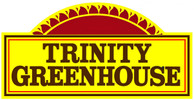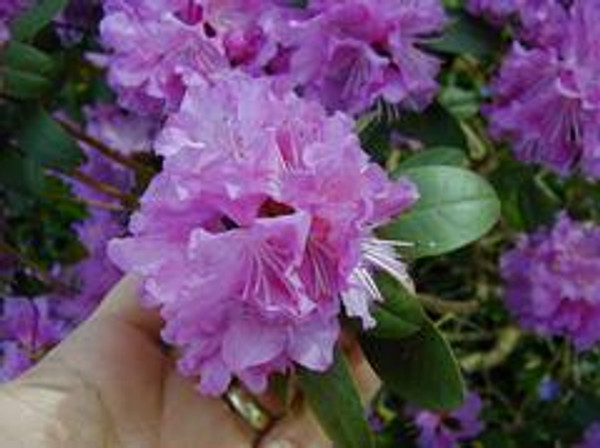Product Overview
Culture
Best grown in acidic, humusy, organically rich, moisture-retentive but well-drained soils in part shade to full shade. Prefers a sun dappled shade. Foliage may scorch in full sun. Acidify soils prior to planting and thereafter as needed. Plant in a location protected from strong winter winds. Good soil drainage is essential (doesn’t like “wet feet”). Poor drainage inevitably leads to root rot, therefore raised beds/plantings should be considered in heavy clay soils such as those present in much of the St. Louis area. Shallow, fibrous root systems (do not cultivate around plants) will benefit greatly from a mulch (e.g., wood chips, bark or pine needles) to help retain moisture and stabilize soil temperatures. Roots must never be allowed to dry out. Clip off spent flower clusters immediately after bloom as practicable. PJM plants do not produce seed.
Noteworthy Characteristics
PJM Group is a series of rhododendron hybrids that resulted from crosses between R. carolinianum and R. dauricum var. sempervirens. These hybrids are compact, rounded, small-leaved, evergreen shrubs that generally grow to 3-6’ tall and are noted for having exceptional winter hardiness. Lavender, rose or pink flowers (color varies with cultivar) bloom in clusters (4-9 flowers per cluster) in April. Elliptic, hairless, leathery, dark green leaves (to 2.5” long). Foliage acquires purple tones in winter. These rhododendrons are noted for growing well in the upper Midwest and New England climates. The original hybridization work was started in the late 1930s to early 1940s by Massachusetts nurserymen Edmund Mezitt and his father, Peter J. Mezitt, whose initials became the name for the group.
Genus name comes from the Greek words rhodo meaning rose and dendron meaning tree. Transferred from the Greek name for Nerium oleander.
Problems
Rhododendrons are susceptible to many insect and disease problems, including but not limited to canker, crown rot, root rot, leaf spot, rust, powdery mildew, aphids, borers, lacebugs, leafhoppers, mealybugs, mites, nematodes, scale, thrips and whitefly. A healthy plant in the proper environment with proper care should have limited problems, however.
Garden Uses
Mass, group or specimen. Shrub borders, mixed borders, woodland gardens and shade gardens. Informal hedge. Also effective in foundation plantings and as a specimen around the home.








